Tag: study

Loss of Sphingosine 1-Phosphate in Septic Shock is Predominantly Caused by Decreased Levels of HDL
Sphingosine 1-phosphate (S1P) is a signaling lipid essential in regulating processes involved in sepsis pathophysiology, including endothelial permeability and vascular tone. Serum S1P is progressively reduced in sepsis patients... read more

Optimizing Beta-Lactam Treatment in the ICU
The French Society of Pharmacology and Therapeutics (SFPT) and the French Society of Anesthesia and Intensive Care Medicine (SFAR) have released guidelines on the optimization of beta-lactam treatment in intensive care unit... read more

Repeated Ambulance Use is Associated with Chronic Diseases
There is a growing demand for emergency medical services (EMS) and patients are repeatedly transported by ambulance services. For many patients, especially those with chronic disease, there may be better ways of delivering... read more

Low Hand Hygiene Compliance in ICUs
Healthcare workers in intensive care units (ICUs) are regularly missing opportunities to clean their hands during the care of patients, despite its critical importance for infection control, according to new research being... read more

Catheter Type in Pulmonary Embolism Intervention
Catheter based interventions for pulmonary embolism is on the rise. The rise in mainly in patients who present with submassive PE. The intent of intervention is to reduce clot burden. This is done to improve acute symptoms... read more
What is the lowest change in cardiac output that transthoracic echocardiography can detect?
In critically ill patients, changes in the velocity-time integral (VTI) of the left ventricular outflow tract, measured by transthoracic echocardiography (TTE), are often used to non-invasively assess the response to fluid... read more
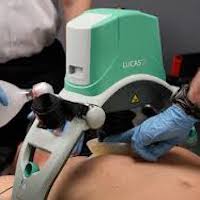
Hyperinvasive approach to out-of hospital cardiac arrest using mechanical chest compression device
Authors introduce and offer a protocol of a proposed randomized study enrolling patients with witnessed OHCA presumably of cardiac origin planned to be initiated in Prague in 2012. Study will compare hyperinvasive approach... read more

Feasibility, Safety, and Utility of Advanced Critical Care Transesophageal Echocardiography Performed by Pulmonary/Critical Care Fellows in a Medical ICU
Critical care transesophageal echocardiography is feasible, safe, and has clinical utility. It can be safely and effectively performed by fellows within the context of their critical care training with faculty supervision.... read more
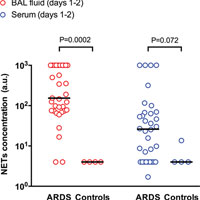
Neutrophil Extracellular Traps Are Elevated in Patients with Pneumonia-related ARDS
Bronchoalveolar neutrophil extracellular trap concentration was not significantly associated with mechanical ventilation duration in pneumonia-related ARDS. The acute respiratory distress syndrome (ARDS) is the most severe... read more

Research Ethics and Informed Consent in Critical Care
Research studies in critically ill populations pose many unique regulatory and ethical challenges that have implications for study design and execution. The life-threatening nature of conditions being studied and the urgency... read more
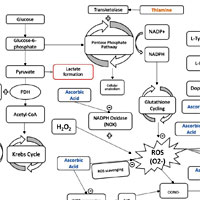
Ascorbic Acid, Corticosteroids, and Thiamine in Sepsis
The combination of thiamine, ascorbic acid, and corticosteroids is a promising new therapy for sepsis resuscitation but currently lacks robust evidence to support its widespread use. The potential effectiveness of this medication... read more
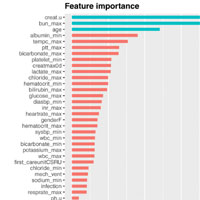
Machine Learning for the Prediction of Volume Responsiveness in Patients with Oliguric AKI in Critical Care
Excess fluid balance in acute kidney injury (AKI) may be harmful, and conversely, some patients may respond to fluid challenges. This study aimed to develop a prediction model that can be used to differentiate between volume-responsive... read more
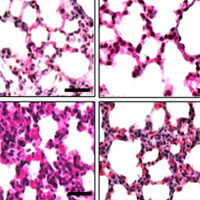
Neutrophil Extracellular Traps (NETs) Exacerbate Severity of Infant Sepsis
Neutrophil extracellular traps (NETs) are innate defense mechanisms that are also implicated in the pathogenesis of organ dysfunction. However, the role of NETs in pediatric sepsis is unknown. This study reveals a hitherto... read more

Oxygen Therapy in Acute Resuscitation
At present, evidence is lacking to support routine liberal oxygen administration in acutely ill patients and, in most circumstances, a reasonable approach is to titrate supplemental oxygen to achieve an arterial oxygen saturation... read more








